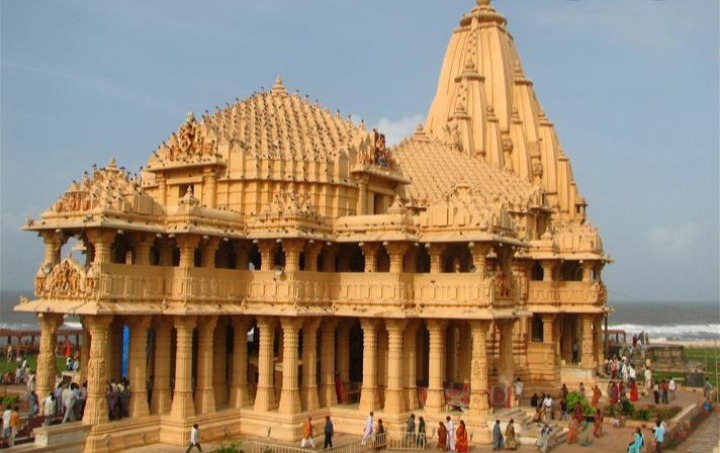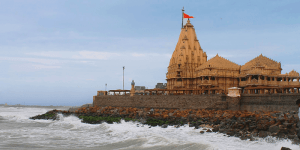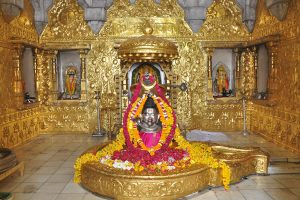Among numerous Pilgrim sites, every spot has its own history, background, rituals and identity. One such holy speck is Somnath temple, one of the most sacred places for the Hindu believers.
Somnath temple is located in Prabhas Patan near Veraval, Saurashtra on the western coasts of Gujarat. The temple is located such that there is no land in a straight line between Somnath seashore until Antarctica.
The Somnath temple history
The proof of this phenomenon is in scripted in Sanskrit found on the Banastambha (arrow pillar). It stands at a plain on the Indian landmark that is the first point on land in the North to the south pole at that particular longitude.
The word Somnath refers to “Lord of the Soma”, an epithet of Shiva. It is first among the 12 Jyotirlinga shrines of Lord Shiva. Jyotirlinga stands for supreme, undivided reality out of which Shiva partly appears.
There is 12 known jyotirlinga among which Somnath is considered as the first. Each of the 12 jyotirlinga sites takes the name of a different embodiment of Lord Shiva.
It has been a pilgrimage site from ancient times on account of being a Triveni Sangam. Triveni Sangam refers to the confluence of three rivers:- Kapila, Hiran and Saraswati. It is believed that, here, Lord Shri Krishnan took his last journey to his Needham.
The present temple is built with the challukya style reference, or “Kailash Mahamen Prasad” architecture. It reflects the skills of Sompura salats, one of the greatest Gujarat’s master mason. The temple’s shikhara or topmost point is 15 meters in height. It has 8.2 – meter tall flag pole at the top. The Somnath structure is 7 storied, which is 155 feet tall.
The first Shiva temple at Somnath is believed to have been built during an unknown period in the past. The second temple was built at the same site by “Yadava kings” of Vallabhi around 649 C.E. In 725 C.E Al Junaid.
the Arab governor of Sindh is said to have destroyed the second temple as a part of his invasions of Gujarat and Rajasthan. The third temple was built by Gurjara-Pratihara king Nagabhatta II. The third temple was constructed in 815 C. E in the form of a large structure of red sandstone.
The Somnath temples have been destroyed many times by rulers from Mughal dynasty and even by Portuguese leaders. The last demolition of the temple was done by the Mughal Emperor Aurangzeb. The present temple is said to have been built for the seventh time.
Dr. Rajendra Prasad (the first president of India) stated on the process of downfall and formation of the Somnath temples that “Somnath temple signifies that the power of creation is always greater than the power of destruction”.






